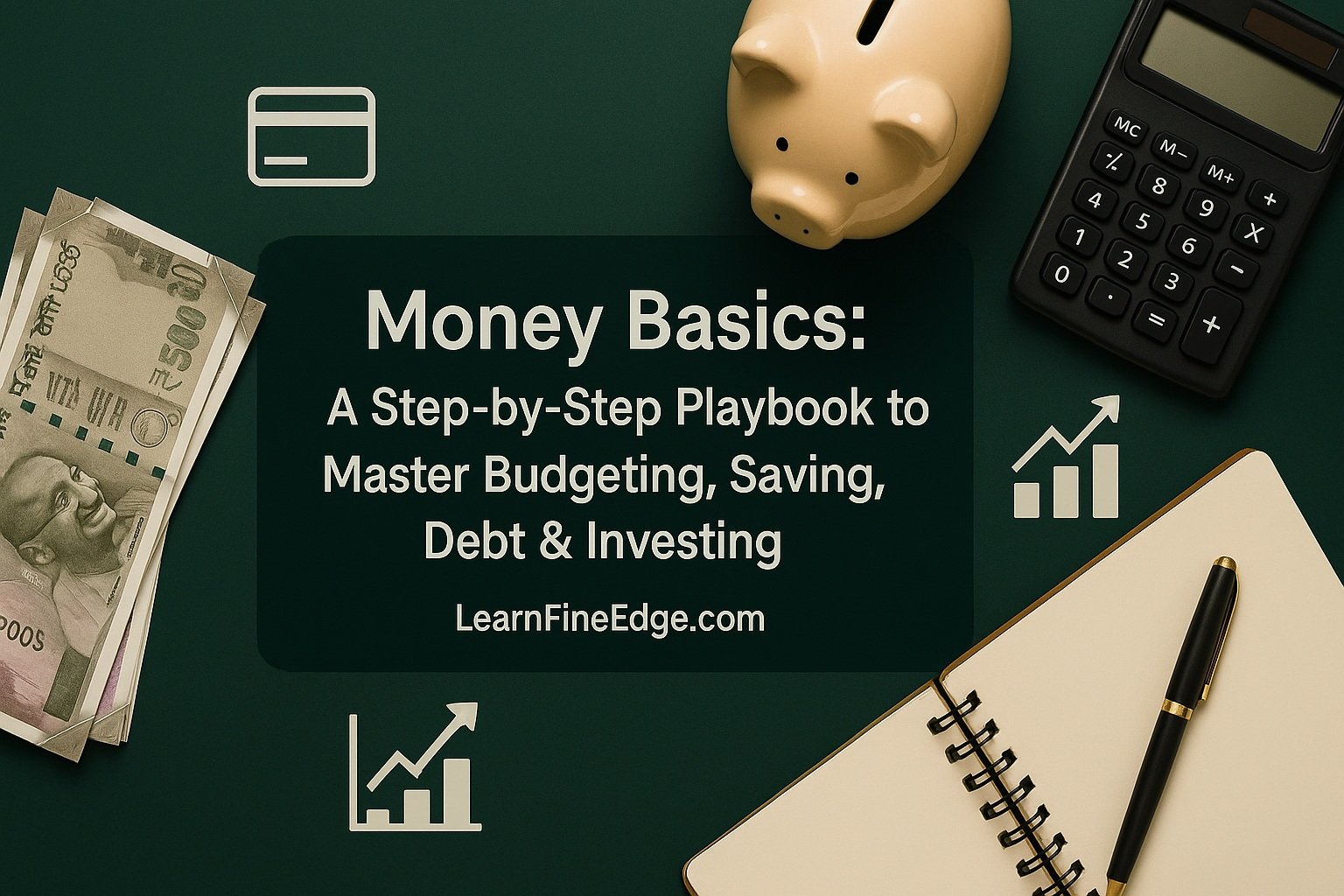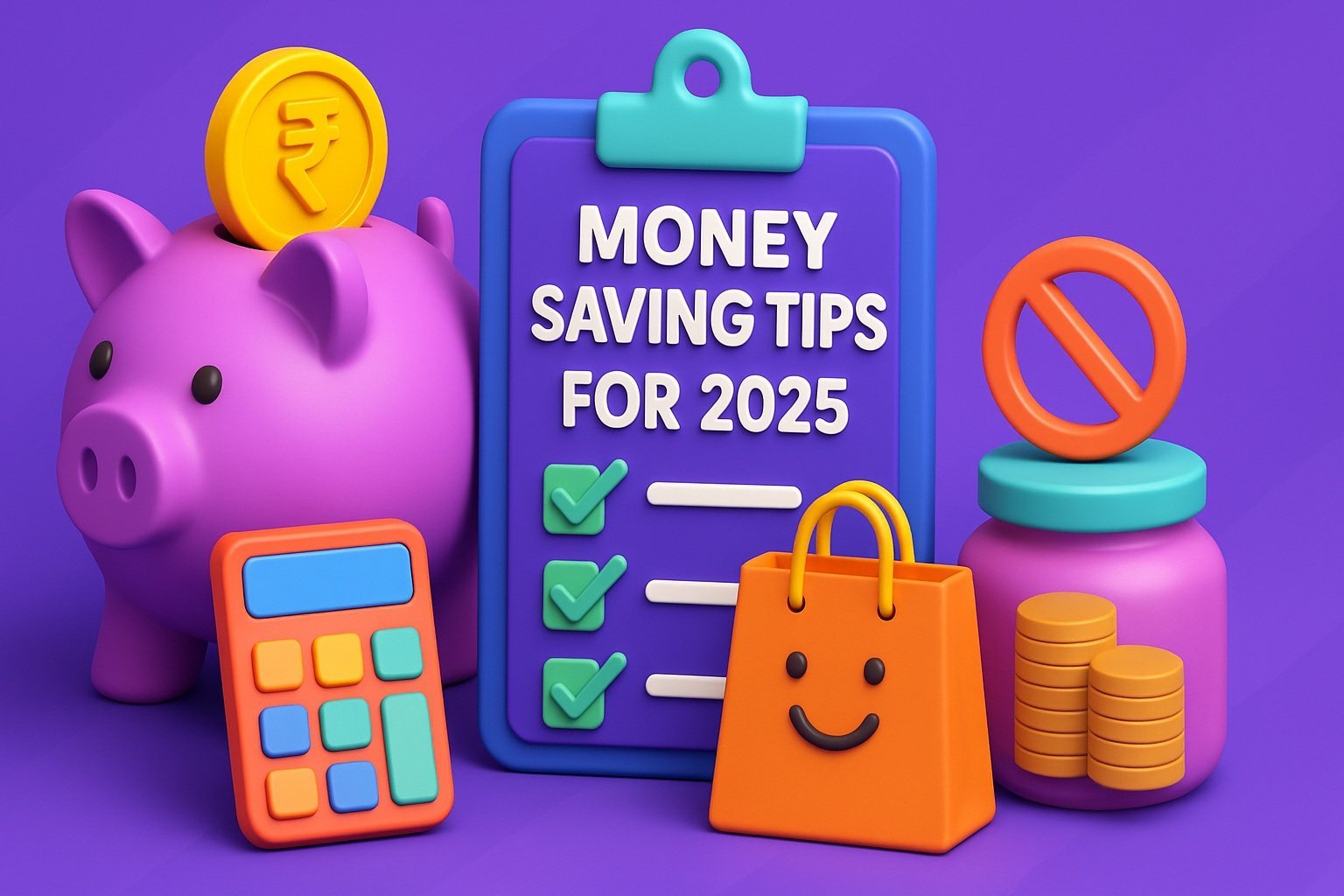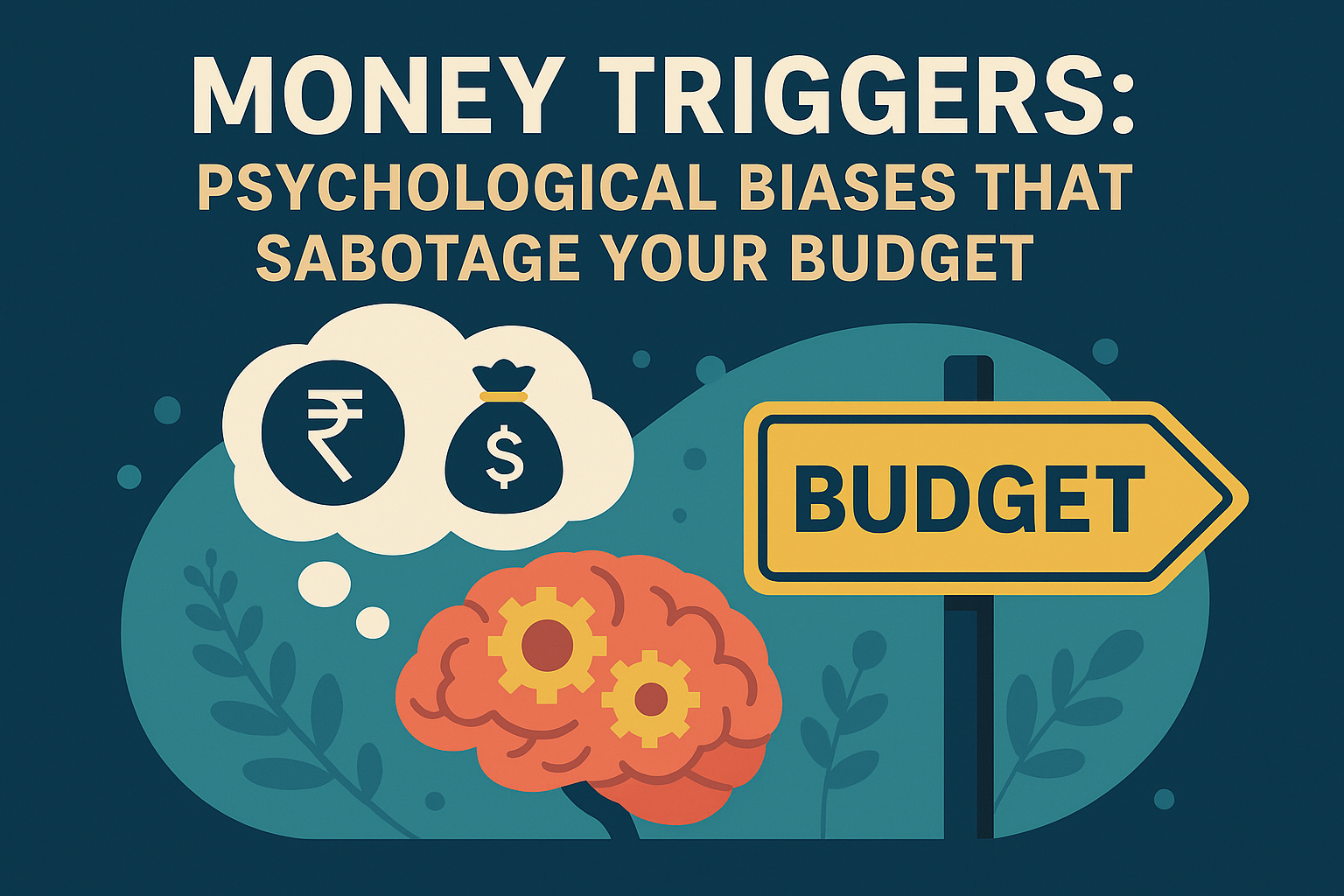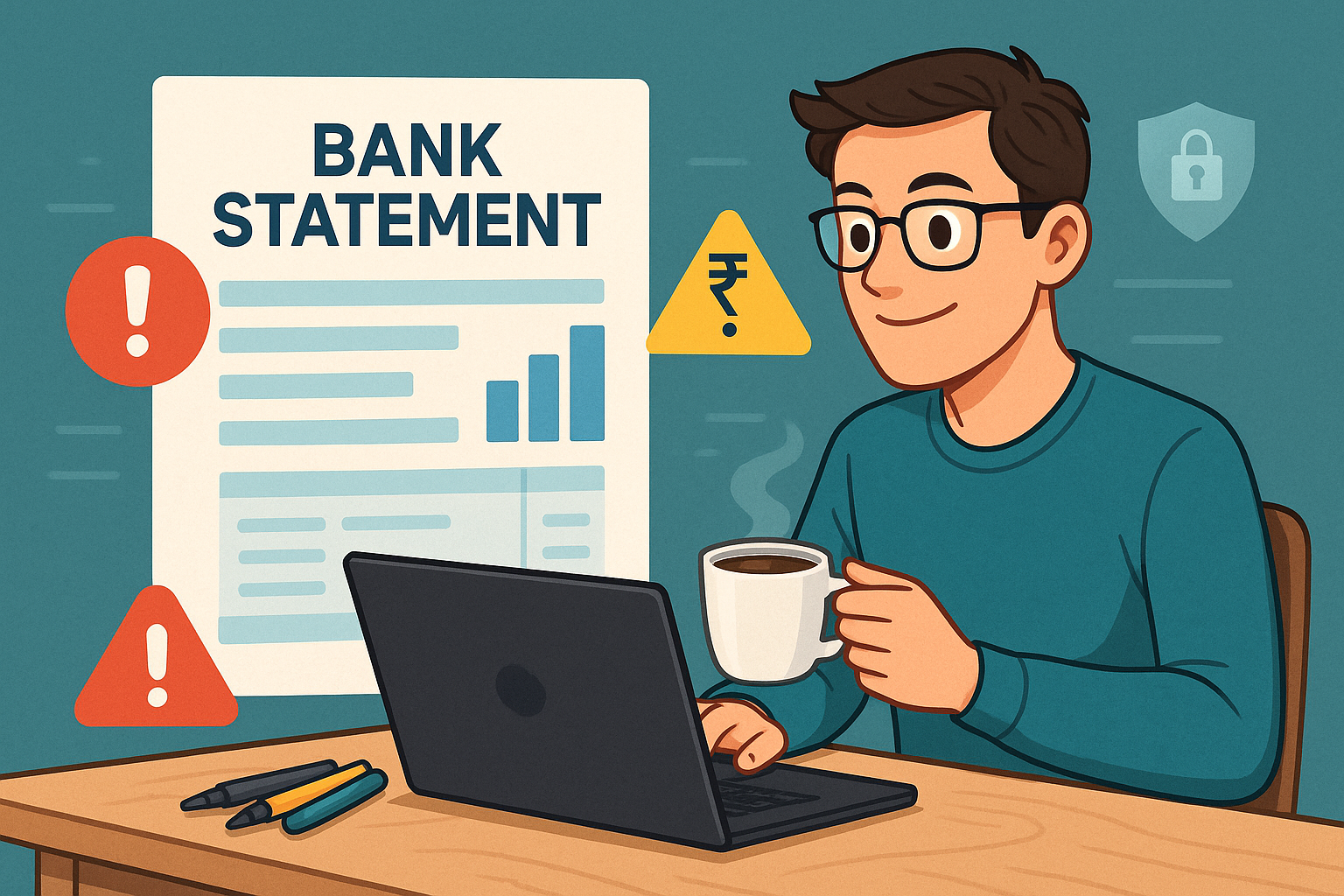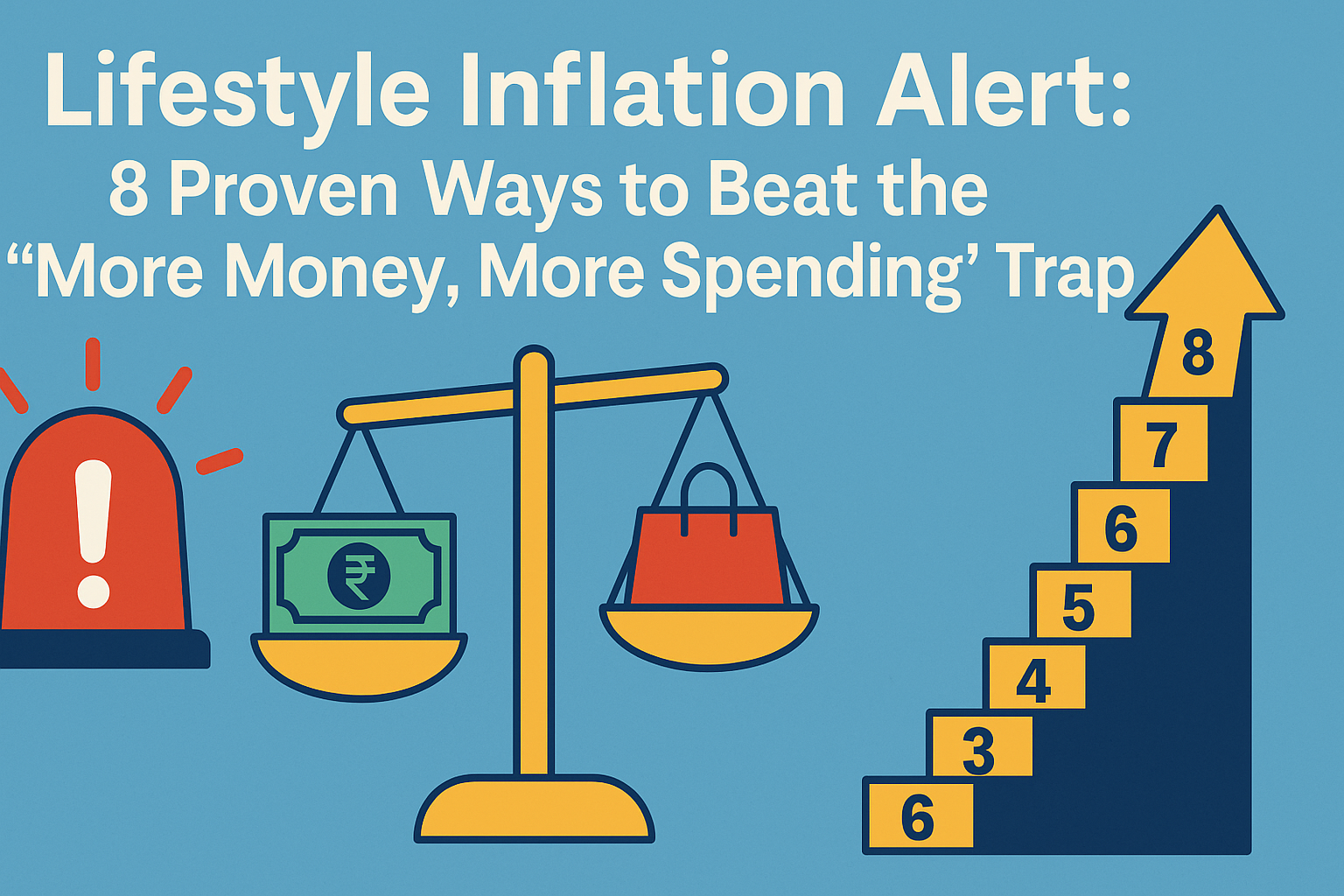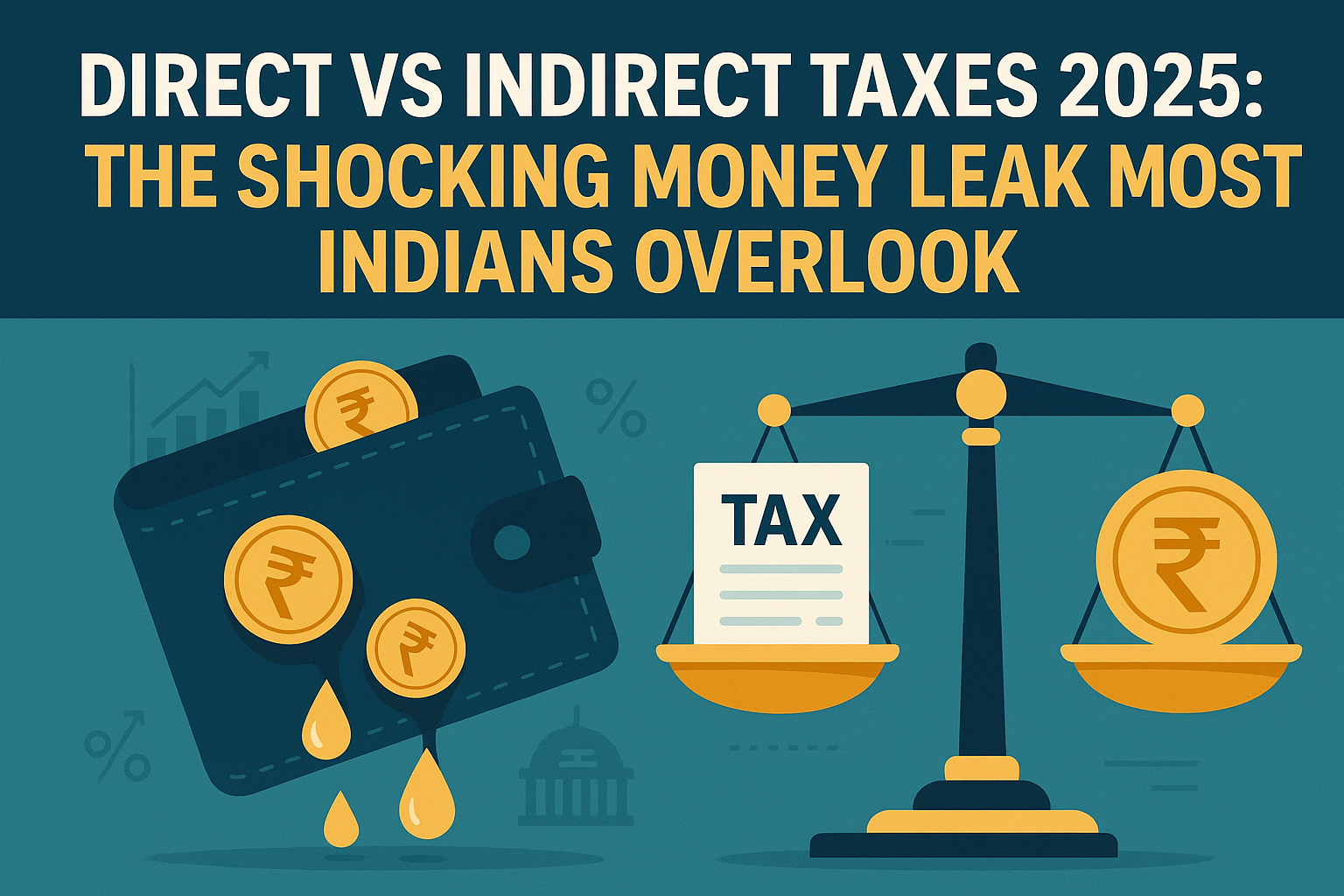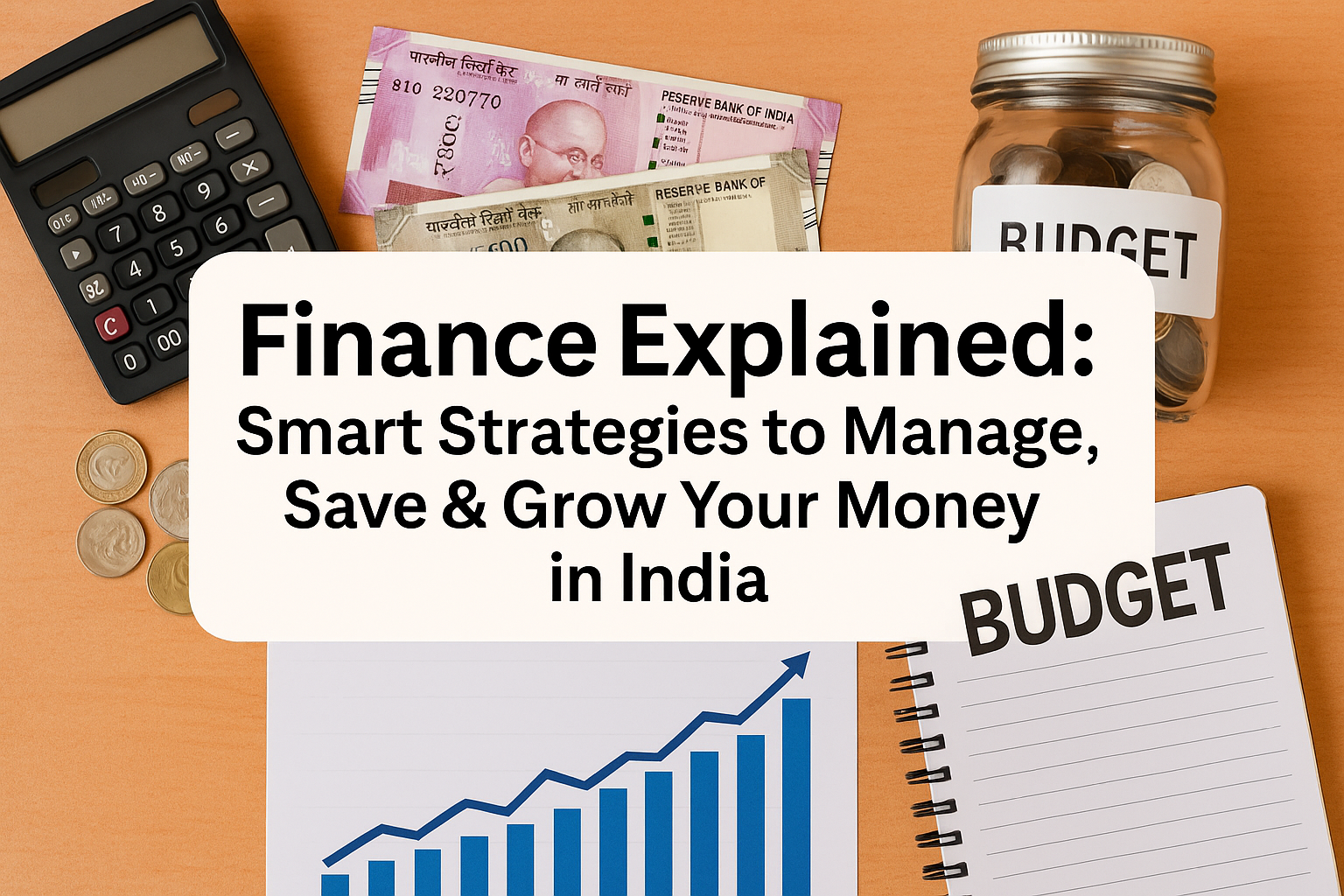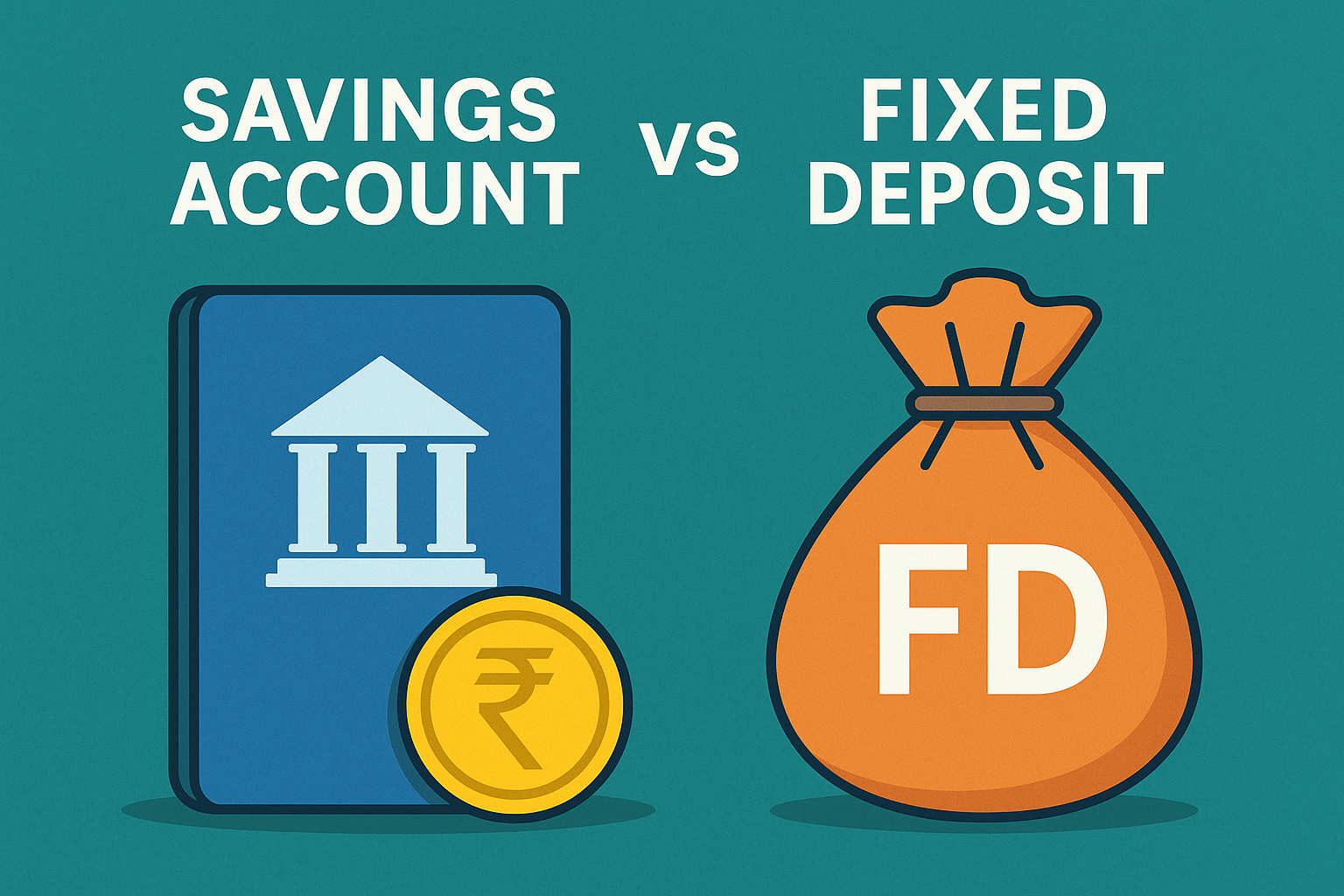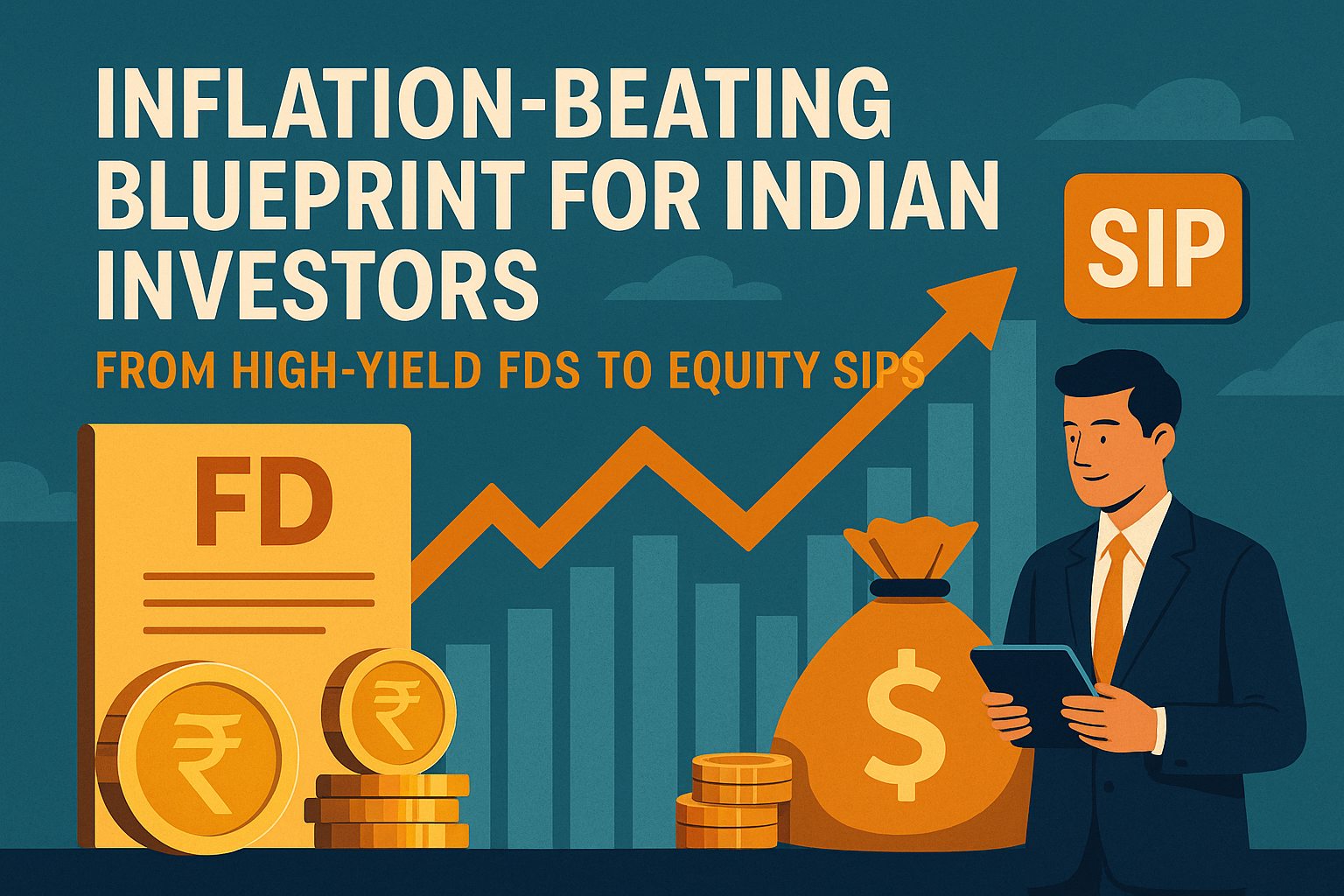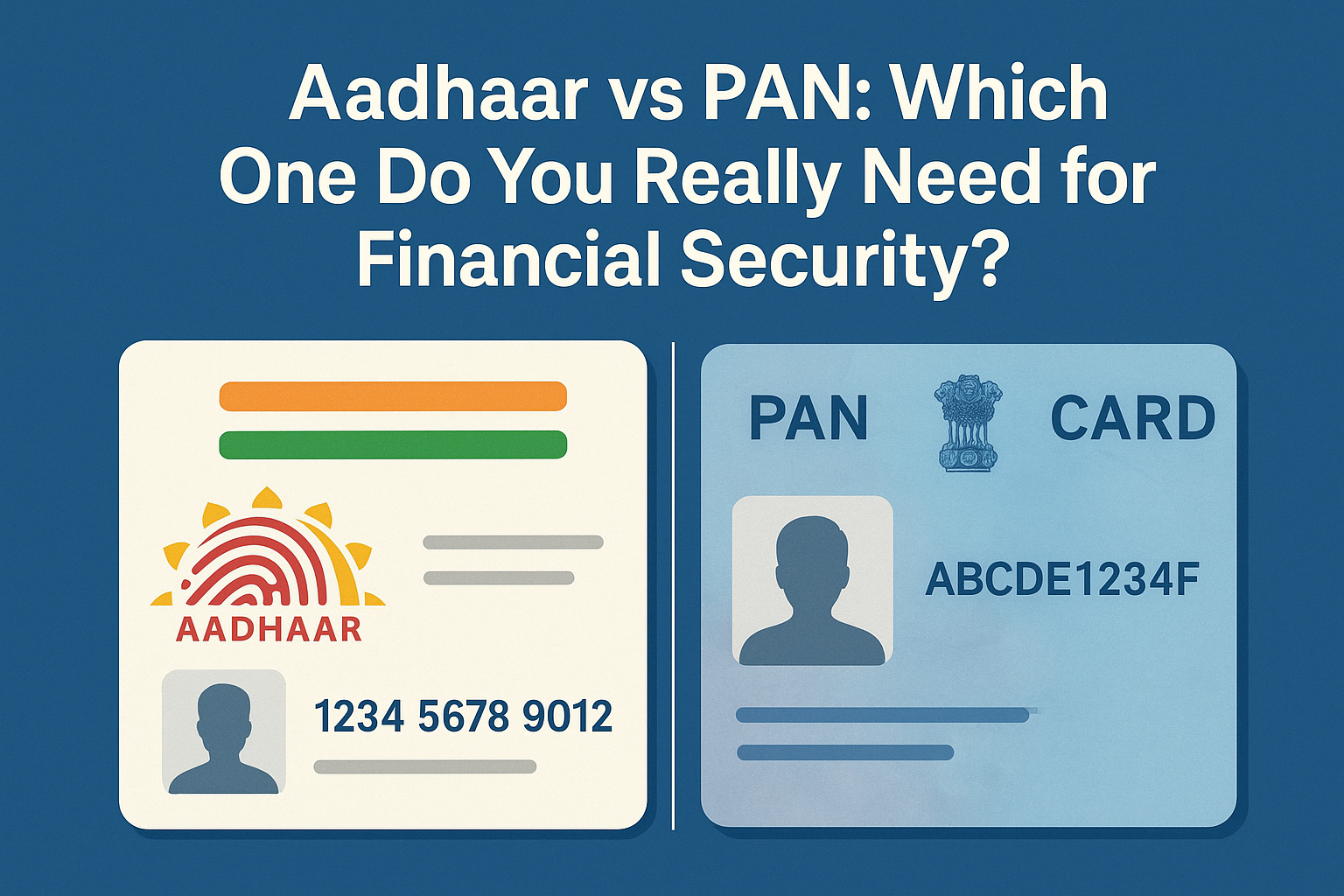
An index fund is a type of investment fund designed to mirror the performance of a specific market index, such as the S&P 500, by holding the same securities in the same proportions. In contrast, an active fund is managed by professionals who make strategic decisions to buy, hold, or sell investments in an attempt to outperform the market.
For beginners navigating the investment landscape in 2025, the choice between index and active funds can feel overwhelming—but it doesn’t have to be. This guide delivers a clear, side-by-side comparison of both strategies with up-to-date insights, practical action steps, and proven tips tailored specifically for new investors. Whether your goal is stable growth or beating the market, this breakdown will equip you with the clarity and confidence to choose the right path for your financial future.
Quick Snapshot: Index vs. Active in 2025
| Feature | Index Funds | Active Funds |
|---|---|---|
| Average Annual Fees | 0.05%–0.25% | 0.60%–1.50% |
| 2025 Median Return | 7.2% | 6.5% |
| Tax Efficiency | High – low turnover means fewer taxable events | Moderate to Low – frequent trades trigger more taxes |

For beginners in 2025, index funds continue to deliver better returns after fees and offer significantly higher tax efficiency. Active funds may appeal to those seeking outperformance, but often at the cost of higher fees and unpredictable gains.
What Are Index Funds?
Index funds are passively managed mutual funds or exchange-traded funds (ETFs) that aim to replicate the performance of a specific market index, such as the S&P 500, Nasdaq-100, or Nifty 50. Rather than trying to beat the market, these funds follow it—offering investors a low-cost, hands-off strategy that aligns with overall market growth. In 2025, index funds continue to gain traction among beginners for their predictability, simplicity, and low barrier to entry.
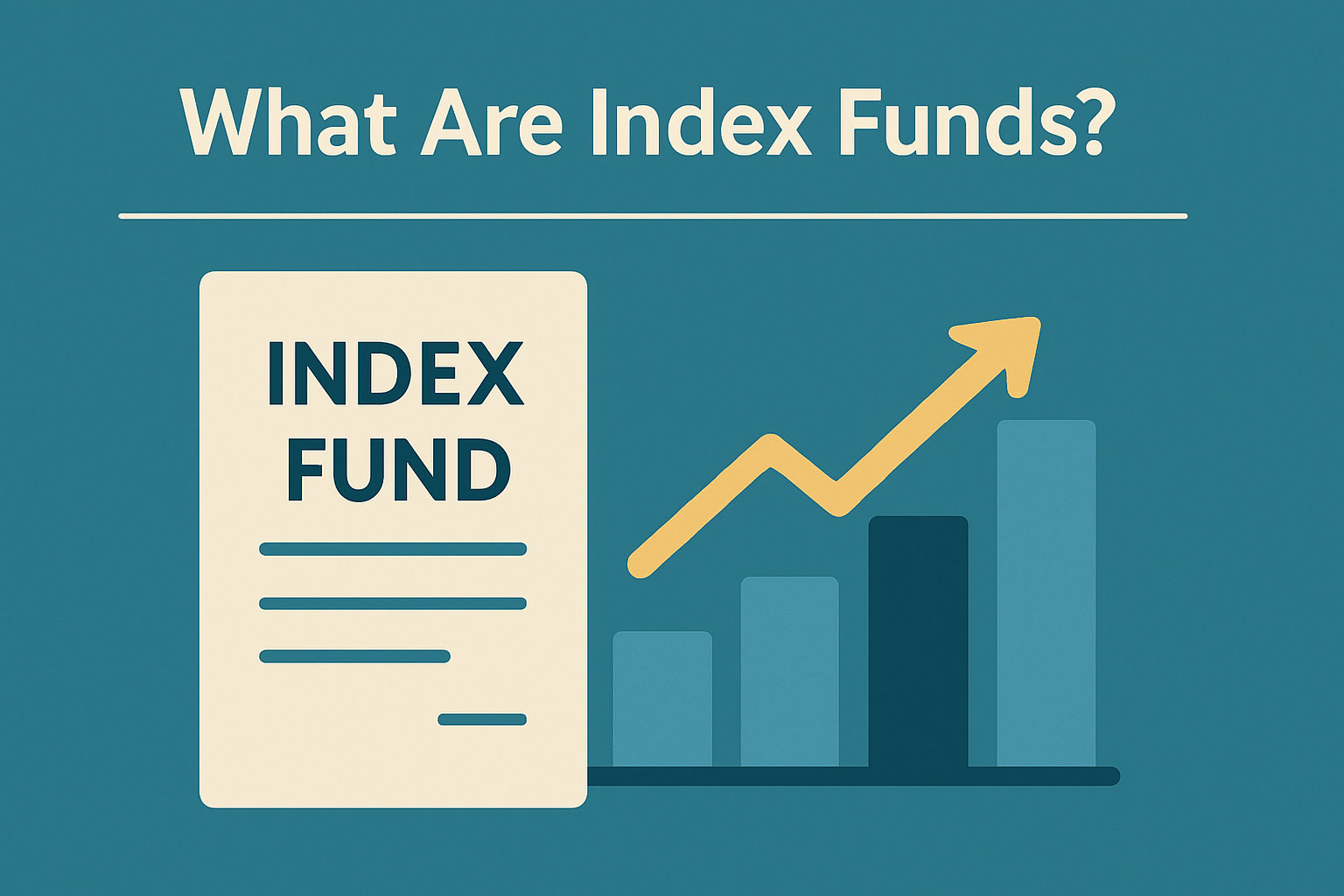
How Index Funds Track the Market
Index funds operate by purchasing all—or a representative sample—of the securities in a chosen index, in the exact proportions that the index dictates. This method ensures that the fund mirrors the index’s movements, rising and falling in line with market trends. There is no active stock picking or frequent trading, which allows for transparency and consistency in performance. For instance, if the S&P 500 gains 8% in a year, a fund that tracks the S&P 500 should return roughly the same, minus a minimal expense ratio.
Pros for Beginners—Low Fees, Simplicity
One of the standout advantages of index funds in 2025 is their ultra-low fees, often ranging from just 0.05% to 0.25% annually. This contrasts sharply with the higher management costs of actively managed funds and means more of your money stays invested and compounding. Their simplicity makes them ideal for first-time investors—there’s no need to analyse stocks, predict market movements, or time trades. With just one diversified index fund, beginners can access hundreds of companies across sectors, reducing risk through broad exposure. This “set-it-and-forget-it” model is especially attractive in today’s busy and often volatile market climate.
Cons—Tracking Error & Market-Wide Downswings
Despite their many benefits, index funds aren’t flawless. Tracking error, while usually minimal, can still occur due to slight differences between the fund’s holdings and the underlying index—causing small deviations in performance. More notably, index funds expose investors to market-wide downturns since they track the entire market or sector. If the index drops 10%, the fund likely will too—there’s no fund manager trying to hedge or pivot to safer assets. For beginners, this means accepting that your portfolio will rise and fall with the broader market, and emotional discipline is key during downturns.
What Are Active Funds?
Active funds are professionally managed mutual funds or ETFs where fund managers make ongoing decisions about which securities to buy, hold, or sell to outperform a specific benchmark or index. Unlike index funds, which passively follow the market, active funds take a dynamic approach—relying on research, forecasting, and human judgement to identify investment opportunities. In 2025, active funds remain a viable option for investors seeking potential market-beating returns, but they require greater attention to cost, strategy, and risk.

How Active Managers Seek Alpha
The central goal of an active fund manager is to generate alpha—returns above the benchmark index. To achieve this, managers analyse macroeconomic trends, company fundamentals, market timing indicators, and even geopolitical shifts. They may overweight sectors expected to thrive or avoid areas they believe are overpriced or vulnerable. For example, if a manager anticipates a downturn in tech, they can shift capital into defensive sectors like healthcare or utilities. This agility allows active funds to potentially capture gains or limit losses in volatile markets. However, consistent alpha generation is challenging, and only a minority of active funds consistently outperform their benchmarks over long periods.
Pros—Flexibility, Downside Defense
Active funds offer strategic flexibility, which can be a major advantage in uncertain markets. Skilled managers can respond to breaking news, economic data, or earnings reports in real time—making tactical shifts that passive index funds cannot. In downturns, active managers can also move to cash, invest defensively, or avoid troubled companies altogether, helping reduce portfolio losses. Downside protection can be appealing to beginners who want a more responsive investment style or are concerned about protecting their gains. Additionally, some active funds focus on niche sectors or undervalued stocks not represented in broad indexes, providing exposure to unique growth opportunities.
Cons—Higher Costs, Manager Risk
The trade-off for active fund flexibility is cost. In 2025, active fund fees typically range from 0.60% to 1.50% annually, significantly higher than index fund fees. These expenses, including management fees, research costs, and trading commissions, eat into returns over time—especially in years when performance is close to or below the index. Another key concern is manager risk: the success of an active fund depends heavily on the skill, experience, and consistency of its manager. If the manager underperforms, switches roles, or makes poor calls, the entire fund can suffer. For beginners, such an outcome introduces an added layer of complexity and uncertainty that may not align with long-term, low-maintenance investing goals.
Head-to-Head: 2025 Performance & Cost Showdown
In 2025, fresh data from SPIVA (S&P Indices Versus Active) and Morningstar continues to underscore a consistent pattern: the majority of actively managed funds underperform their passive counterparts after accounting for costs. According to the latest SPIVA India Scorecard, over 83% of large-cap active funds failed to beat their benchmarks over a 5-year horizon. Morningstar’s U.S. Active/Passive Barometer reports a similar trend, with only 38% of active U.S. equity funds outperforming their passive peers over the past year, reinforcing the long-term advantage of index-based investing.
| Metric | Index Funds | Active Funds |
|---|---|---|
| % Outperforming Benchmarks (India, 5-Yr) | N/A (benchmark-following) | 17% (underperformed by 83%) |
| % Outperforming Benchmarks (U.S., 1-Yr) | N/A | 38% |
| Typical Expense Ratio | 0.05%–0.25% | 0.60%–1.50% |
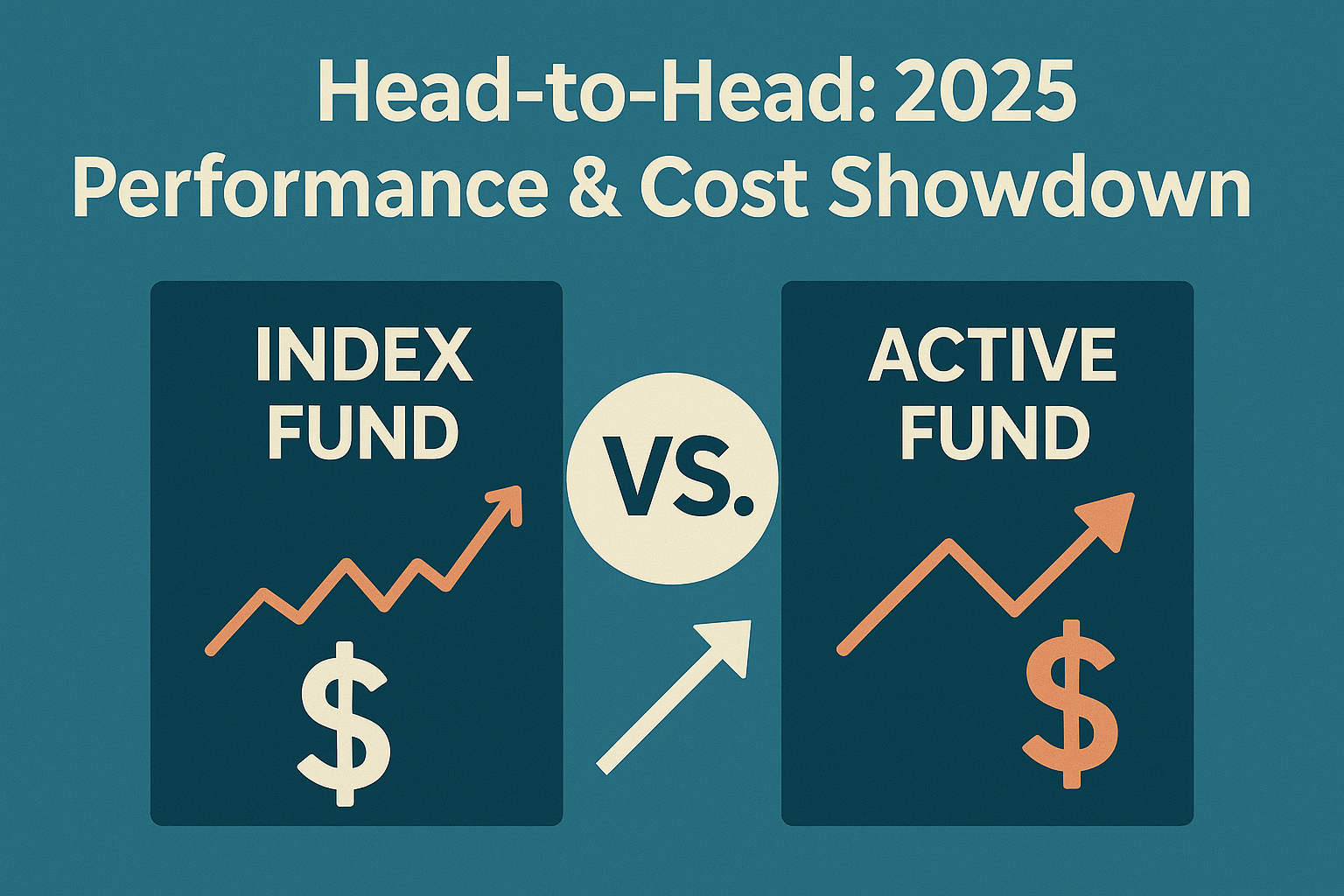
The fee drag becomes stark over long horizons. Consider an investor in India or the U.S. starting with ₹1,00,000 (or $1,200) and investing for 20 years with an average annual return of 8% before fees:
| Fund Type | Annual Fee | Ending Value (20 Years) | Cost of Fees |
|---|---|---|---|
| Index Fund | 0.20% | ₹4,66,095 | ₹10,308 |
| Active Fund | 1.25% | ₹3,91,205 | ₹85,198 |
This ₹74,890 difference is the opportunity cost of higher fees—money lost not just in direct expenses but also in compounding gains foregone over time.
Tax impact is another key differentiator:
-
For Indian investors, index funds often trigger capital gains taxes only upon selling, and long-term gains up to ₹1 lakh are tax-exempt. Active funds, with higher turnover, may generate more short-term capital gains taxed at 15%, increasing annual tax liability.
-
For U.S. investors, index ETFs are structured to be tax-efficient through in-kind redemptions, minimising capital-gain distributions. Active mutual funds, however, frequently pass along taxable events—even in years when fund value declines.
In both countries, index funds offer a clearer tax edge, especially for buy-and-hold investors who prioritise post-tax returns. For beginners in 2025, this tax efficiency—combined with lower costs and more reliable performance—positions index funds as a strategic foundation for long-term wealth building.
Strategy Steps: Picking What Suits You
Choosing between index funds and active funds in 2025 requires more than just comparing performance statistics. A beginner-friendly strategy must align with your personal financial goals, investment horizon, cost sensitivity, and comfort with market volatility. Following a structured approach can help you make a confident, well-informed decision tailored to your unique needs.
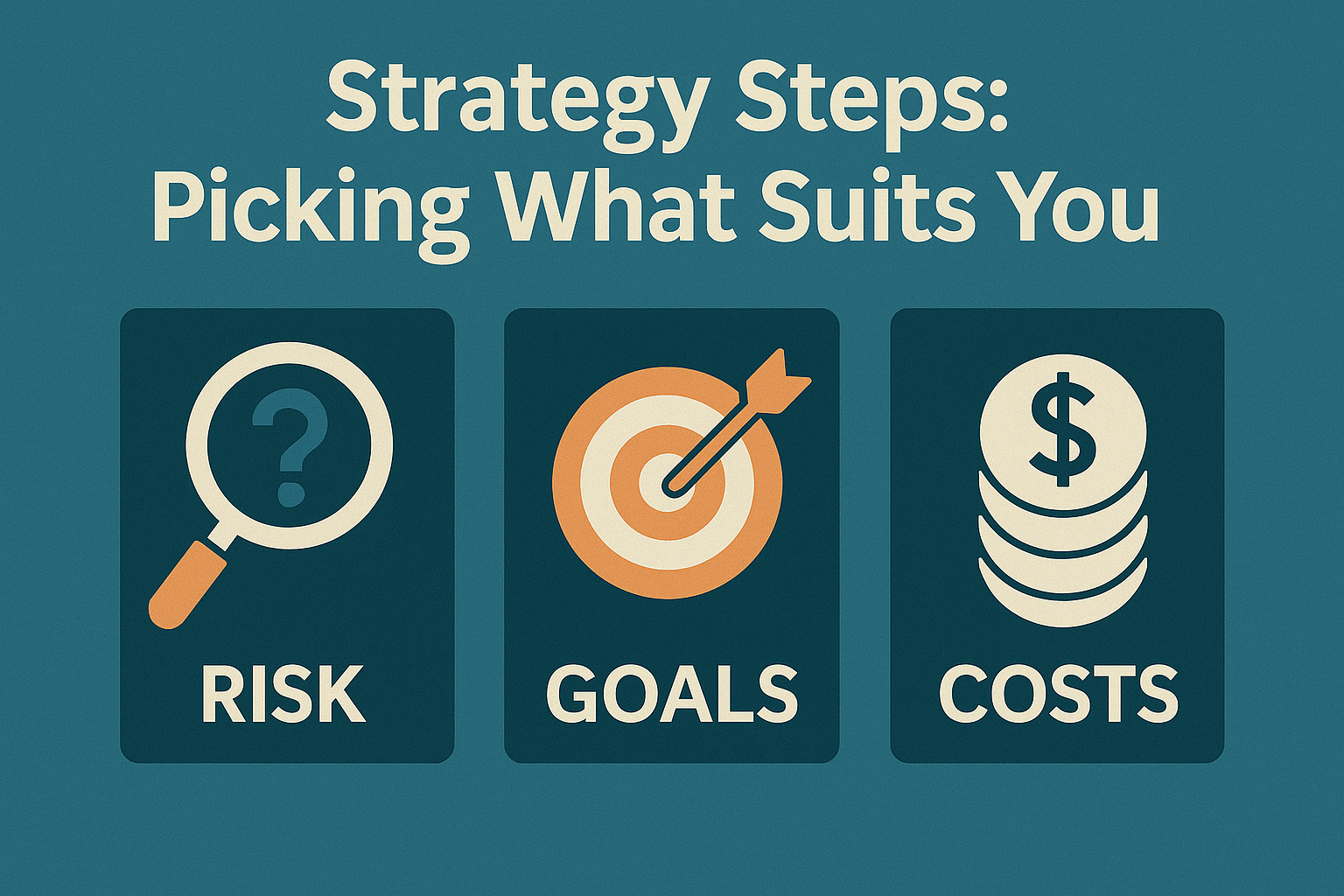
Step 1 – Define Goal & Timeline
Start by identifying the purpose of your investment—whether it’s saving for retirement, building wealth, funding education, or reaching a milestone like buying a home. Pair this with a realistic time horizon. If your goal is long-term (10+ years), index funds may be better suited due to their compounding efficiency and low-maintenance structure. For shorter-term or opportunistic objectives, certain active funds might offer tailored exposure or tactical flexibility. Clarity on your timeline is the foundation for every decision that follows.
Step 2 – Check Total Expense Ratio
The Total Expense Ratio (TER) reveals how much of your investment is eaten by annual fund costs, expressed as a percentage of assets. Even a small difference in TER can compound into large gaps over time. Index funds usually come with a TER between 0.05% and 0.25%, while active funds often fall in the 0.60% to 1.50% range. Always compare TER across fund categories before investing.
| Fund Type | Average TER (2025) | Impact Over 20 Years (₹1 Lakh) |
|---|---|---|
| Index Fund | 0.20% | ~₹10,308 in costs |
| Active Fund | 1.25% | ~₹85,198 in costs |
For beginners, keeping costs low enhances overall returns without increasing risk.
Step 3 – Gauge Risk Tolerance
Next, assess your comfort with market fluctuations. Index funds offer market-average returns, which include the full force of downturns. If you can emotionally withstand temporary dips and stay invested, index funds are an excellent match. However, if the idea of having your portfolio drop significantly in a bear market feels overwhelming, you may benefit from an actively managed fund with downside defence strategies. Many active funds allocate to defensive sectors or cash during turbulent periods, potentially softening losses—but remember, such an approach doesn’t guarantee safety or gains.
Step 4 – Review Fund Manager Track Record
If you are considering investing in active funds, the performance history of the fund manager is crucial. Look at their 5- to 10-year track record, not just recent performance, and evaluate how consistently they’ve outperformed the benchmark after fees. Furthermore, check whether the manager has stayed with the fund long-term—frequent changes may indicate instability. Tools like Morningstar ratings, fund house credibility, and qualitative insights can help validate whether the manager’s decisions have truly added value over time.
In 2025, data transparency allows beginner investors to make smarter choices—combining low-cost passive strategies with occasional active allocations, but only when backed by reliable manager results.
Core-Satellite Approach: Best of Both Worlds
For beginners who want the stability of index investing but also the potential upside of active strategies, the core-satellite approach offers a practical middle ground in 2025. In this setup, a low-cost index fund serves as the core—providing broad market exposure, diversification, and tax efficiency. Around it, satellite holdings consist of select active funds targeting niche sectors, themes, or tactical opportunities.
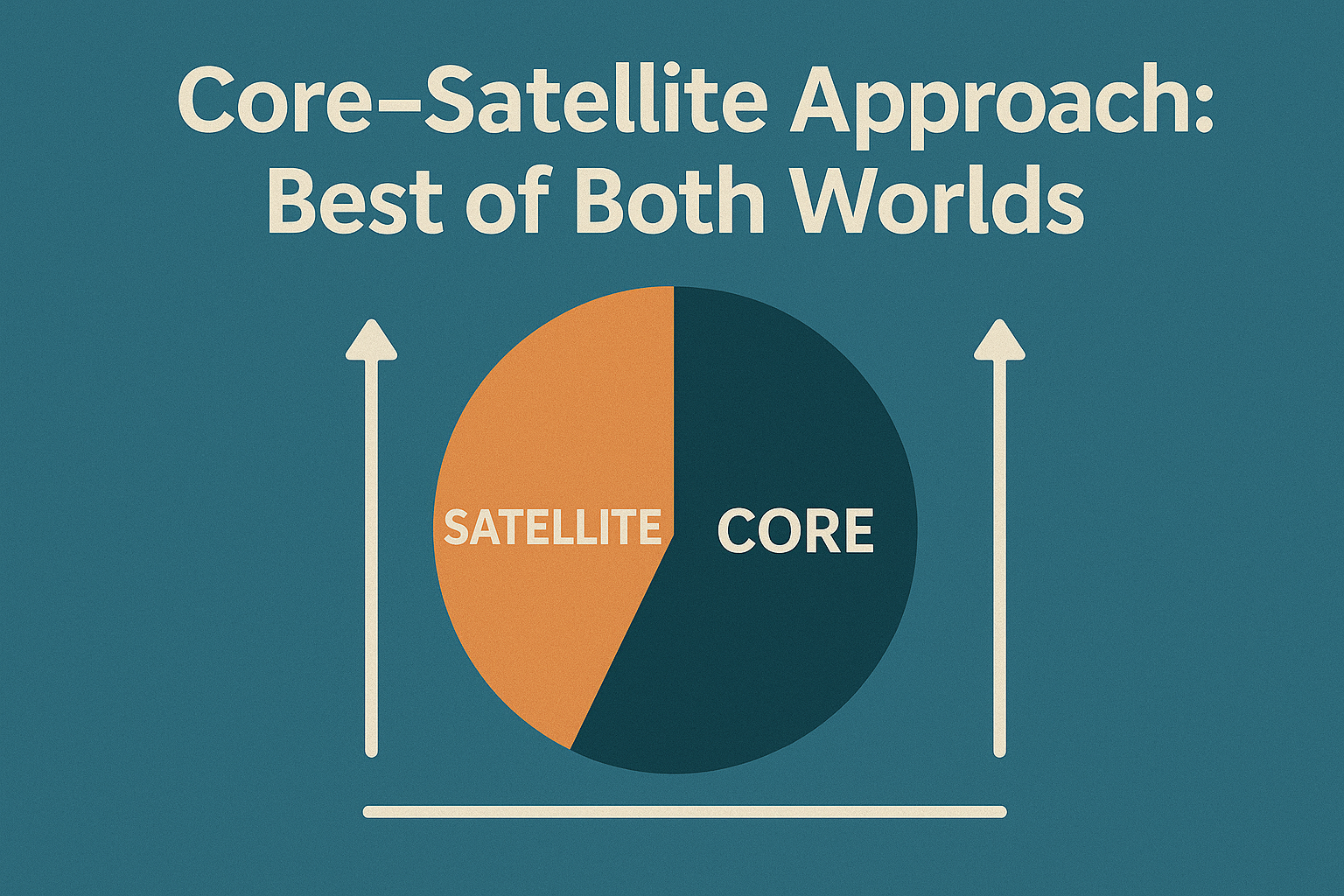
Common beginner-friendly allocations include:
| Strategy Type | Core (Index Funds) | Satellite (Active Funds) |
|---|---|---|
| Conservative | 80% | 20% |
| Balanced | 70% | 30% |
This method gives new investors the best of both: cost control and consistency from the core, plus flexibility and potential outperformance from the satellites. It also allows for gradual learning, where beginners can monitor how active funds perform relative to their index base.
2025 Market Outlook & Style Implications
The investment landscape in 2025 is shaped by anticipated global interest rate cuts, a slowing inflation cycle, and continued momentum in AI-driven innovation. Central banks across major economies, including the RBI and the U.S. Fed, are signalling rate reductions aimed at supporting growth after a high-rate plateau. Lower rates generally benefit growth-orientated sectors, making equity markets more attractive for long-term investors.
Meanwhile, the AI boom is fuelling a tech renaissance across developed and emerging markets. This creates a favourable environment for certain active funds that specialise in technology, innovation, and thematic strategies, which may outperform broad indexes if well managed. However, index funds remain reliable for capturing the overall growth trend without concentrated risk.
In this macro context, beginners may benefit from a mixed strategy—using index funds to ride the broad market upswing and active funds to tap into focused trends like AI, digital infrastructure, and green energy.
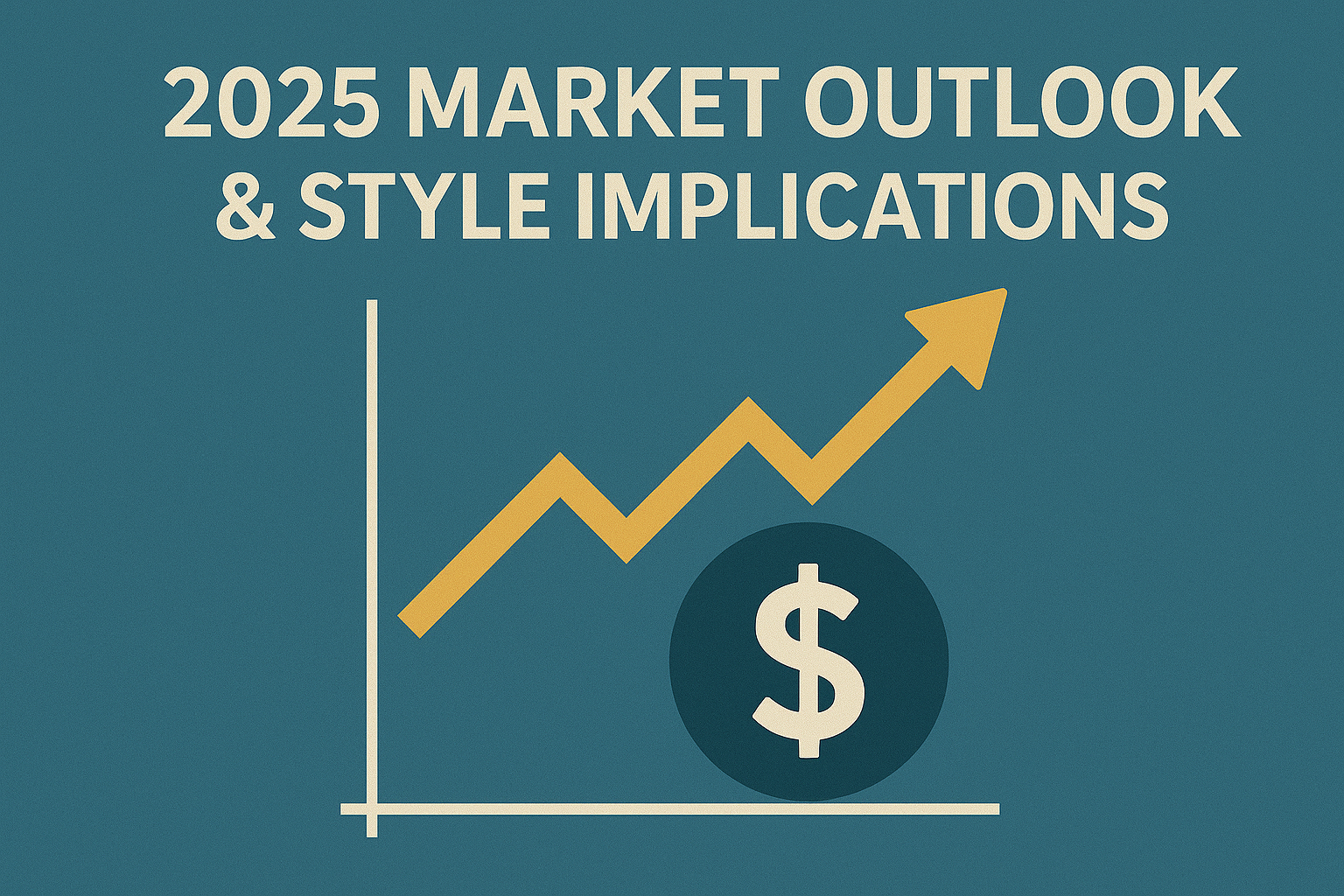
Action Checklist for Beginners
-
Open a direct mutual fund or brokerage account with access to both index and active fund options
-
Compare Total Expense Ratios (TERs) before selecting funds—lower TERs typically win over time
-
Automate a Systematic Investment Plan (SIP) to build discipline and benefit from rupee-cost averaging
-
Start with an 80/20 or 70/30 core-satellite allocation to balance stability with strategic exposure
-
Track fund performance and rebalance annually to stay aligned with your goals and risk tolerance
FAQ – People Also Ask
| Question | One-sentence Answer |
|---|---|
| Is it better to invest in index funds or active funds in 2025? | For most beginners, low-cost index funds win unless you can access a proven active manager. |
| Could you please clarify whether index funds tend to outperform active funds over the long term? | Roughly 80% of active U.S. equity funds lag their benchmark over 10 years (SPIVA 2024). |
| Are active funds safer in a recession? | Some can hold cash or defensive sectors, but success hinges on the manager’s skill. |
| How many index funds should a beginner own? | Often, just two index funds—a total-market equity fund and a bond index—cover the fundamentals. |
| Can I mix index and active funds? | Yes; a core-satellite model lets index funds anchor costs while a few active picks seek extra alpha. |
Conclusion
The smartest investment choice in 2025 isn’t about chasing trends—it’s about aligning your strategy with your cost tolerance, confidence level, and personal financial goals. Index funds continue to offer unmatched simplicity, lower fees, and reliable market-matching performance, making them ideal for beginners. Active funds, while higher in cost, can complement a portfolio when managed by skilled professionals and used strategically. Regardless of the mix you choose, revisit your plan annually, check that it still supports your timeline and risk appetite, and make small adjustments—not emotional overhauls. Staying invested, staying informed, and being consistent are the most powerful tools a beginner can wield in today’s evolving market.


